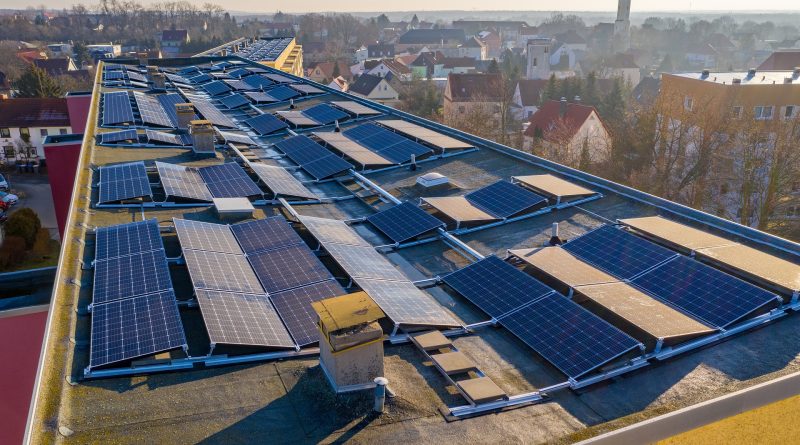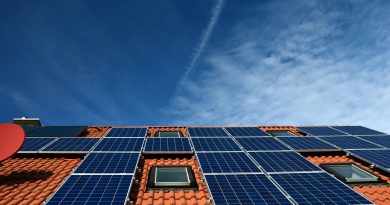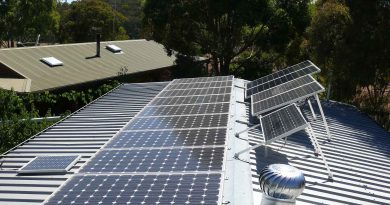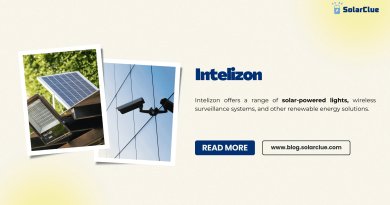Solar Panels Cost per Sq Ft: Affordable Solutions
Solar panels have become increasingly popular as a sustainable and cost-effective energy solution. As individuals and businesses look for ways to lower their carbon footprint and reduce electricity bills, solar panels have emerged as a viable option. However, one question often arises: what is the cost per square foot for solar panels? Understanding the financial aspect of installing solar panels is crucial for making an informed decision. In this blog, we will dive into the factors that influence the cost per square foot of solar panels and explore the various options available in today’s market.
Table of Contents
Factors Affecting the Cost
Several factors influence the cost per square foot of solar panels. These key components can vary depending on the specific installation, location, and requirements. It is essential to consider these factors when calculating the potential cost of solar panel installation.
1. Type of Solar Panel
The cost per square foot of solar panels depends on the type of panel selected. Monocrystalline, polycrystalline, and thin-film panels are the most common options available. Monocrystalline panels, known for their high efficiency, often come at a higher cost. Polycrystalline panels are more affordable, while thin-film panels are the most cost-effective but offer lower efficiency.
2. System Size
The overall size of the solar panel system is another crucial factor in determining the cost per square foot. Larger systems require more panels, inverters, wiring, and mounting equipment. As a result, the cost per square foot might increase for bigger installations due to the additional materials needed.
3. Installation Complexity
The complexity of the installation process also affects the cost per square foot. Factors such as roof type, tilt angle, and shading play a significant role. Rooftop installations are the most common, but ground-mounted systems might be necessary when space is limited. Additionally, if the installation requires custom racking or specific adjustments due to shading, the cost per square foot may be higher.
4. Local Regulations and Incentives
Government regulations and policies regarding solar energy also influence the overall cost. Some states offer attractive incentives, tax credits, or rebates for installing solar panels. Conversely, additional permitting and compliance requirements may increase the installation cost. Understanding the local regulations and incentives is crucial to accurately estimate the cost per square foot.
Cost Examples
To provide a better understanding of the cost per square foot, let’s look at a few real-world examples.
Example 1: Residential Installation
John, a homeowner, wants to install a solar panel system on his roof. He opts for monocrystalline panels with a total system capacity of 10 kilowatts (kW). After considering installation complexities, local regulations, and incentives, John estimates the cost to be around $3 per square foot.
Example 2: Commercial Installation
ABC Corporation plans to integrate a solar panel system into their manufacturing facility. The desired system size is significantly larger, with a capacity of 500 kW. Due to the complexity of the installation and specific requirements, the cost per square foot increases to approximately $5.
Example 3: Utility-Scale Installation
Utility-scale installations involve large solar power plants that generate electricity to supply the grid. These installations cover vast areas, often in remote regions. Considering the scale of the project, economies of scale come into play, reducing the cost per square foot significantly. On average, utility-scale installations can range from $1 to $3 per square foot, depending on various factors.
Evaluating the Cost-Benefit Ratio
When considering the cost per square foot for solar panels, it is essential to evaluate the long-term benefits. Although the upfront investment may appear substantial, solar panels provide numerous advantages that offset the initial cost.
1. Energy Savings
Solar panels generate electricity for free from sunlight. By installing solar panels, homeowners and businesses can significantly reduce or even eliminate their electricity bills. Over time, these savings can offset the cost of installation, making solar panels a cost-effective investment.
2. Return on Investment (ROI)
Solar panels offer an attractive return on investment. The payback period, which represents the time it takes to recover the initial investment, can vary depending on factors such as local electricity rates, installation costs, and available incentives. On average, most solar panel installations achieve a payback period between 5 to 10 years.
3. Environmental Benefits
Choosing solar energy over traditional fossil fuel-based electricity reduces carbon emissions and contributes to a cleaner environment. By investing in solar panels, individuals and organizations actively participate in the global shift towards renewable energy sources, thus helping combat climate change.
Conclusion
Embark on a journey to affordable clean energy with SolarClue®—your dedicated guide for solar panels. Understand cost-effective benefits, assess factors influencing prices per square foot, and optimize your solar setup with expert assistance. SolarClue® helps you choose the right capacity, explore financing, and guides you through a seamless installation process. Learn about maintenance, navigate regulations, and join a supportive community to share experiences. Calculate energy savings, ROI, and maximize affordability with SolarClue®. Make well-informed decisions, optimize your solar investment, and contribute to a cleaner, sustainable energy future for your property. Start your solar journey with SolarClue® today!
Frequently Asked Questions
SolarClue® helps property owners understand the cost-effective benefits and environmental impact of transitioning to solar power, emphasizing reduced electricity bills, sustainability, and long-term savings.
SolarClue® assists property owners by explaining factors influencing solar panel costs per square foot, helping them assess and optimize these factors for an affordable and efficient solution.
SolarClue® guides property owners in choosing the right solar panels by considering energy needs, providing a customized solution that fits their budget, and promotes clean energy adoption.
SolarClue® provides resources to help property owners explore financing options, subsidies, and incentives, making their solar panel investment more affordable and financially viable.
SolarClue® guides property owners through the solar panel installation process per square foot, ensuring a seamless and cost-effective setup with step-by-step assistance for clean energy generation.
SolarClue® offers insights into maintenance requirements for solar panels, educating property owners on caring for their installations for long-term efficiency and affordability.
SolarClue® supports property owners by providing information on the regulatory landscape, assisting in obtaining necessary permits for solar installations, ensuring compliance with local guidelines, and facilitating a smooth process.
SolarClue® provides information on potential energy savings and ROI, assisting property owners with calculations and strategies to maximize the benefits of investing in solar panels.
SolarClue® fosters a community where property owners share experiences with solar panels, creating a supportive space for learning, troubleshooting, and advice to enhance the overall clean energy transition.
SolarClue® provides additional tips and best practices to property owners, ensuring they make well-informed decisions and optimize their solar panel investments for maximum affordability, efficiency, and sustainability.




